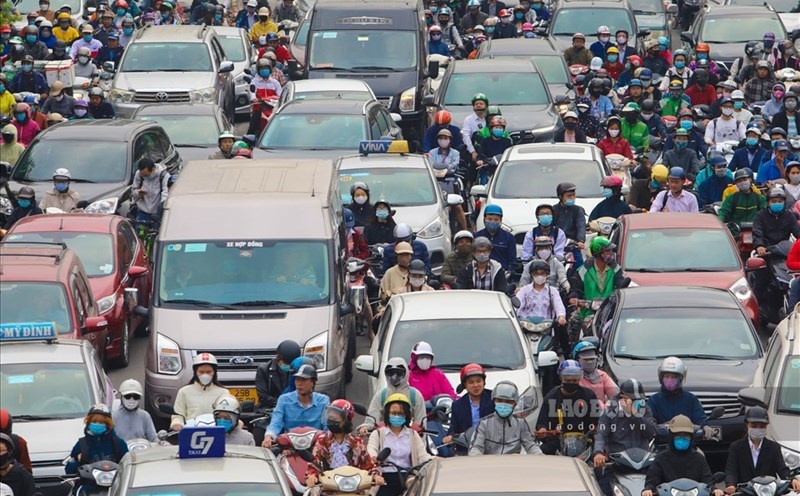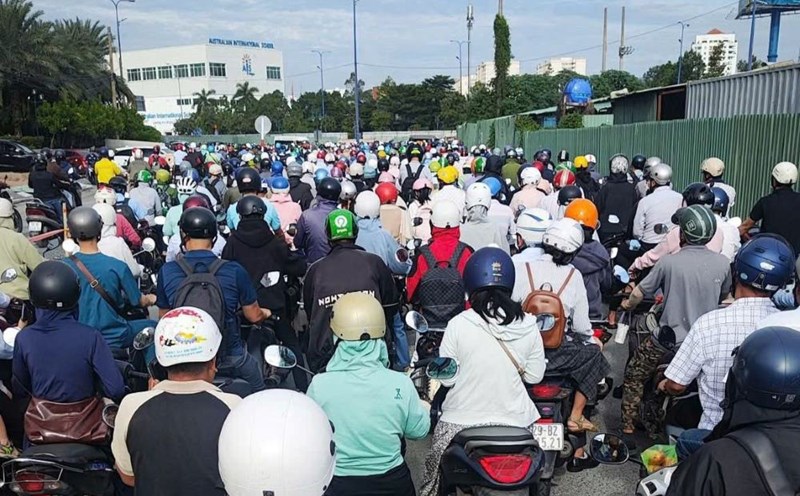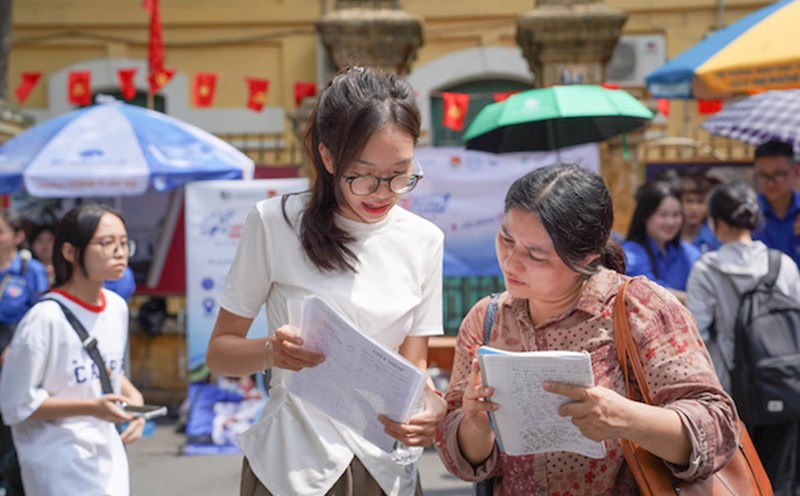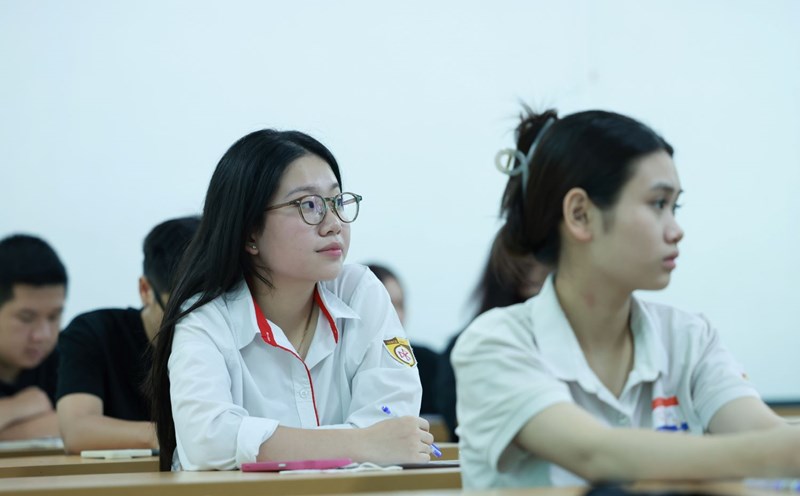Sharing with Lao Dong Newspaper, Dr. Khuong Kim Tao, former Deputy Chief of Office of the National Traffic Safety Committee, said:
The regulation banning gasoline motorbikes from entering the Ring Road 1 area shows the determination of the state in completely and quickly resolving issues related to the environment and ecology, in order to protect the health of the people. Thus, this program is completely in line with the orientation of sustainable development.
The current problem is no longer "how to do it or not", but "how to do it effectively". We need to discuss specific solutions to effectively implement the Prime Minister's direction, especially in replacing gasoline motorbikes with electric motorbikes.
To solve this problem, we must have courage and clearly define our responsibilities. Relevant ministries, branches and agencies must review the work and content related to this transformation process to proactively participate. Depending on responsibilities and capacity, each unit needs to research, synthesize and propose appropriate support solutions.
For example, the electricity industry needs to find out how many gasoline motorbikes are currently operating in the area from Ring Road 1 and above, how many kilometers per vehicle per day is the average? From there, calculate the corresponding number of replacement electric vehicles, and determine the amount of electricity consumed per day if all are converted to electric vehicles. When knowing this number, the electricity industry must assess the ability to supply to where and for how long. This includes the production and transmission of electricity to people. In addition to generators or connected devices, we also need power grids, power lines, and charging stations - all of which must be planned synchronously to serve the people.
Power source is the first condition. Next is the ability to provide electric vehicles. We need to clarify the capacity to produce, assemble and import electric vehicles, what is the price, and whether the quality is guaranteed or not. The vehicle must be highly reliable, with few incidents, or if there are, it is just a small error, not affecting operational safety.
Another factor is vehicle quality control.
Finally, the decisive factor is the people's consensus. If people are not ready, we must do a good job of propaganda, clearly explaining the meaning of the program so that they can support. When people have actively participated, if the state provides additional financial support - for example, considering supporting 30 - 50% of the cost of buying electric vehicles - the implementation efficiency will be much more favorable.
Because this is a program related to many sectors and levels, each unit needs to proactively support each other. For example, the electricity industry that wants to expand production also needs support from other agencies on mechanisms and policies to invest faster. Even the banking system can be directed to create conditions for electricity or electric vehicle manufacturing enterprises to borrow capital with preferential interest rates.
All of these need to be coordinated smoothly to realize the direction of the Prime Minister and the policies of the State".
Previously, on July 12, the Prime Minister issued a directive on urgent tasks to address environmental pollution.
The Directive requires Hanoi to implement solutions so that from July 1, 2026, there will be no more fossil fuel motorbikes (gasoline vehicles) circulating in the Ring Road 1 area.
The next roadmap is set as follows: From January 1, 2028, private cars using fossil fuels in Ring Road 1 and Ring Road 2 will be restricted. By 2030, the above regulation will be applied to all personal vehicles using fossil fuels within Ring Road 3.
According to the Hanoi Capital Transport Planning to 2030, with a vision to 2050, approved by the Prime Minister, Hanoi has 7 belt routes connecting internally and tradeing with neighboring provinces and cities.
In which, Ring Road 1 is a vital route about 15 km long, with the route: Nguyen Khoi - Tranhat Chan - Kim Lien - Hoang Cau - Voi Phuc - Ring Road 2 (Cau Giay - Buoi section). This is one of the important urban axes, connecting from the East to the West, passing through the central area of Hanoi.











